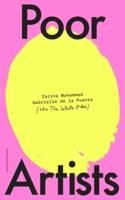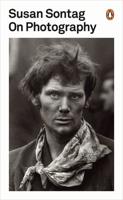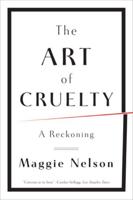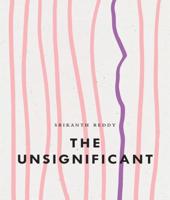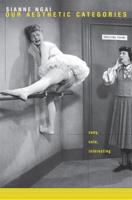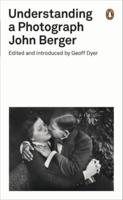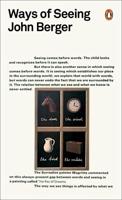Publisher's Synopsis
The Japanese artist Sadaharu Horio (>Kobe, 1939) can be considered as the most important artist of his generation. He is a pioneer in modern Kobe performance art and his influence on Japan's contemporary art scene is significant. Horio's unbridled enthusiasm and boundless energy of challenging both audience and art institution is as much inspiring today. His work is not a matter of aestheticization, or of raising the banal to the level of art.. Horio puts together about 100 exhibitions and performances each year, which reinforces the idea that the exhibition is not a special moment for him but rather an extension of his everyday living. In his performances, Horio constantly challenges his audience's ideas about art, deconstructing the idea of a product-based outcome and enhancing the meaning of critical artistic practice. Horio's focus is on praxis. In his work he seeks to capture the moment and preserve it in time. There is the act of coloring objects, which he undertakes every day as an ever-repeating ritual. He plucks various found objects in order to use them as surfaces on which to paint. To avoid making the choice of color himself, he sticks to the sequence of colors in the paint box. He thereby avoids everything that is connected with subjectivity, because what he does could be done just as well by anyone else and could be endlessly continued. All is in the non-referential action, Atarimae-no-koto (A Matter of Course). This new publication is published by the Vervoordt Foundation and bears an essay by the curator Atsuo Yamamoto, an interview by the art critic Heinz-Norbert Jocks, a large survey with pictures of Horio's numerous performances and artworks from the 1960s till now, a complete biography and list of exhibitions and publications; with photographs by Laziz Hamani and acknowledgements by Axel Vervoordt.


